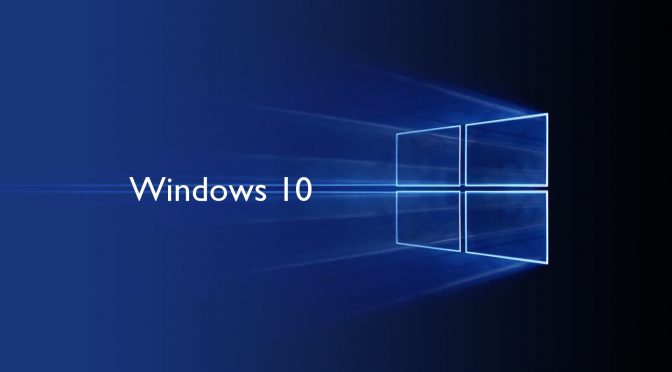Microsoft has announced that it has added a new toggle in Graphics Settings for variable refresh rate in the latest version of Windows 10, Windows 10 Version 1903. This option will allow you to have variable refresh rates in all DX11 games in full-screen mode, regardless of whether a game was previously compatible with VRR or not.
In case you aren’t aware of, Variable Refresh Rate (also known as VRR) is similar to NVIDIA’s G-SYNC and VESA DisplayPort Adaptive-Sync. In short, it allows your monitor to function in a variable refresh rate so that it can eliminate screen tearing.
As Microsoft noted:
“This new OS support is only to augment these experiences and does not replace them. You should continue to use G-SYNC / Adaptive-Sync normally. This toggle doesn’t override any of the settings you’ve already configured in the G-SYNC or Adaptive-Sync control panels.
This new toggle enables VRR support for DX11 full-screen games that did not support VRR natively, so these games can now benefit from your VRR hardware.”
In order to take advantage of this new setting, you’ll need Windows Version 1903 or later, a G-SYNC or Adaptive-Sync capable monitor and a GPU with WDDM 2.6 or above drivers that supports G-SYNC/Adaptive-Sync and this new OS feature.
This feature is disabled by default but you can turn it on and try it for yourselves. As noted, this feature does not work with DX12 so those DX12 games that are not compatible with GSync/FreeSync will not work when you enable this option.
Kudos to our reader ‘Metal Messiah’ for bringing this to our attention!

John is the founder and Editor in Chief at DSOGaming. He is a PC gaming fan and highly supports the modding and indie communities. Before creating DSOGaming, John worked on numerous gaming websites. While he is a die-hard PC gamer, his gaming roots can be found on consoles. John loved – and still does – the 16-bit consoles, and considers SNES to be one of the best consoles. Still, the PC platform won him over consoles. That was mainly due to 3DFX and its iconic dedicated 3D accelerator graphics card, Voodoo 2. John has also written a higher degree thesis on the “The Evolution of PC graphics cards.”
Contact: Email

